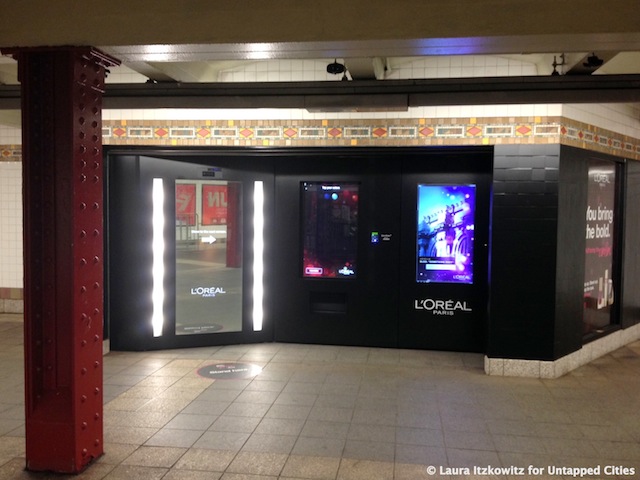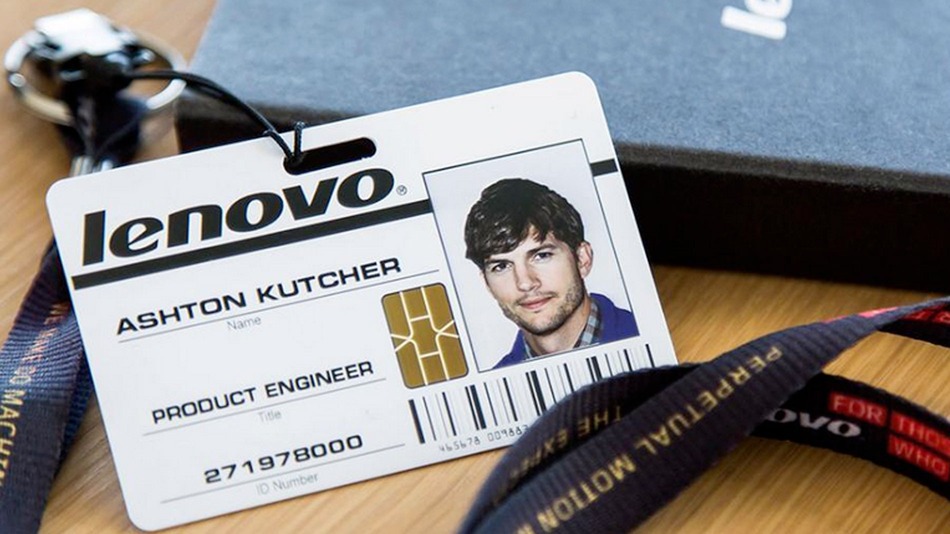Over-the-top Safety Videos From Air New Zealand And Virgin America
Having a mindset about a boring safety video on a plane? Well, Air New Zealand and Virgin America have brought their new safety videos to the whole new level!
 This blog post is in response to Jenny Peng’s blog post on November 26, 2013.
This blog post is in response to Jenny Peng’s blog post on November 26, 2013.
Jenny was talking about how interesting the new safety video from Air New Zealand is and, and how it is made to promote New Zealand and emphasize the service by the airline to attract travelers and fans of the movie, The Hobbit.

After watching the safety video from Air New Zealand, I must say that the video is definitely amazing and well created. This video from Air New Zealand also reminded me of another safety video from Virgin America, which widely shared on social media.
Brands like Air New Zealand and the Virgin Group have used their opportunities to promote themselves. Characters from the Hobbits were used by Air New Zealand as the movie filmed in New Zealand, while the Virgin group used pop music to promote its airline.
With these impressive videos, Air New Zealand and Virgin America chose to differentiate themselves from the their competitor due to intense competition. By receiving 11 million and 7 million views respectively, the videos have undoubtedly made a huge impact on the two airlines and the industry.

Besides, these videos are also appealing and recognized by consumers, which can be seen as reminders to consumers that they exist in the market. This strategy of marketing from both airlines also prove that promotions and deals are not the only way to attract consumers.
In my opinion, Air New Zealand and Virgin America have already shown the public that they are a step ahead of their competitors! And What’s your opinion?
Link to Jenny Peng’s blog: Jenny Peng





